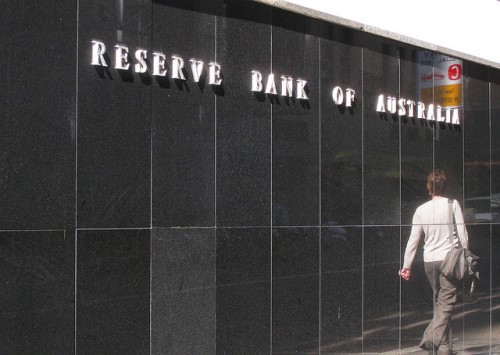
The Reserve Bank of Australia hold the cash rate at 3.60% for the month of April, inline with the predictions of a pause by CommBank and Westpac.
Here are the highlights of the statement by the RBA Governor Philip Lowe:
Reason for holding the cash rate:
- The RBA recognises that the monetary policy operates with a lag and that the full effect of the rate hikes has yet to be felt.
- The pause in the rate hike will provide additional time to assess the impact of the increase in interest rates to date and the economic outlook.
Inflation:
- While global inflation remains very high, the monthly CPI indicator suggests that inflation has already peaked in Australia.
- Goods price inflation is expected to moderate over the months ahead due to global developments and softer demand in Australia.
- Meanwhile, rents are increasing at the fastest rate in some years, with vacancy rates low in many parts of the country.
- The central forecast is for inflation to decline this year and next to around 3% in mid-2025.
Economy:
- The Australian economic growth has slowed — growth in the next couple of years is expected to be below trend.
- The combination of higher interest rates, cost-of-living pressures, and a decline in housing prices is leading to a substantial slowing in household spending.
- While some households have significant savings buffers, others are experiencing a “painful squeeze” on their finances.
Labour:
- Unemployment rate is at a near 50-year low, while underemployment remains low.
- Firms are facing difficulties hiring workers.
- Wages growth is continuing to increase in response to the tight labour market and higher inflation.
- Wages growth is still consistent with the inflation target.
Outlook
- The Board maintains its priority to achieve inflation of around 2%-3% while keeping the economy on an even keel.
- Some further tightening may well be needed to ensure that the goal is achieved.
- The Board will be keeping close attention to developments in the global economy, trends in household spending and the outlook for inflation and the labour market in assessing when and how much further interest rates need to increase.
CreditorWatch chief economist Anneke Thompson said the RBA was faced with a set of data that gave it no clear indication of which way to move.
“On the one hand, businesses are still reporting very strong conditions and the labour market is still very tight; On the other hand, retail spending has flatlined since September and inflation is falling, though still high and well out of the target range,” she said.
Ms Thompson believes the economy seems to be at an inflection point and the only question that remains is how hard it will likely fall.
“It is highly likely that monetary policy is now in restrictive territory. That is, the economy cannot grow with the cash rate as it stands,” she said.
“This is, of course, intentional, and now the question is how long the RBA needs to keep the cash rate in restrictive territory before they can release the brakes, so to speak, and allow less restrictive credit conditions.”
For Ms Thompson, this month’s pause will buy the RBA more time to assess data before “inflicting any more pain” on Australian borrowers.
“The Australian economy is particularly sensitive to interest rate rises, more so than the US or Europe, due to the volume of borrowers on or soon moving to variable interest rates. This relatively unique factor is probably the main one allowing our central bank to pause, where others are still tightening,” she said.
